Power of Culture Blog
Governor Healey Announces Regie Gibson as Massachusetts Inaugural Poet Laureate
This new, honorary position is intended to promote poetry and creative expression across the state
Maggie Holtzberg, Folklorist
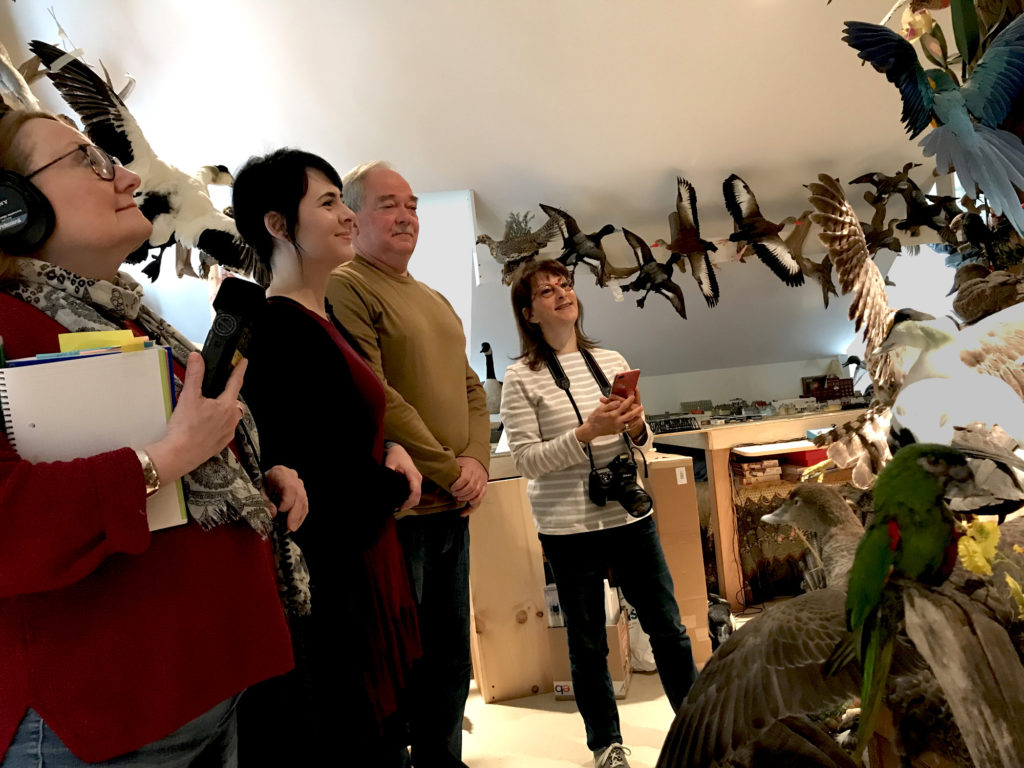
As the folklorist at Mass Cultural Council since 1999, one of my perennial responsibilities is curating the folk craft area at the Lowell Folk Festival. It is a wonderful opportunity to showcase skilled artisans demonstrate craft traditions rooted in shared ethnicity, occupational tradition, religious belief, or sense of place. This year we featured traditions relating to the hunting, capturing, and celebration of fish and fowl. Local birds and fish are a source of sustenance and sport, as well as subject matter for carving and painting. Here is a glimpse into a few of the people we found, interviewed, and presented in late July at the 2019 Lowell Folk Festival.
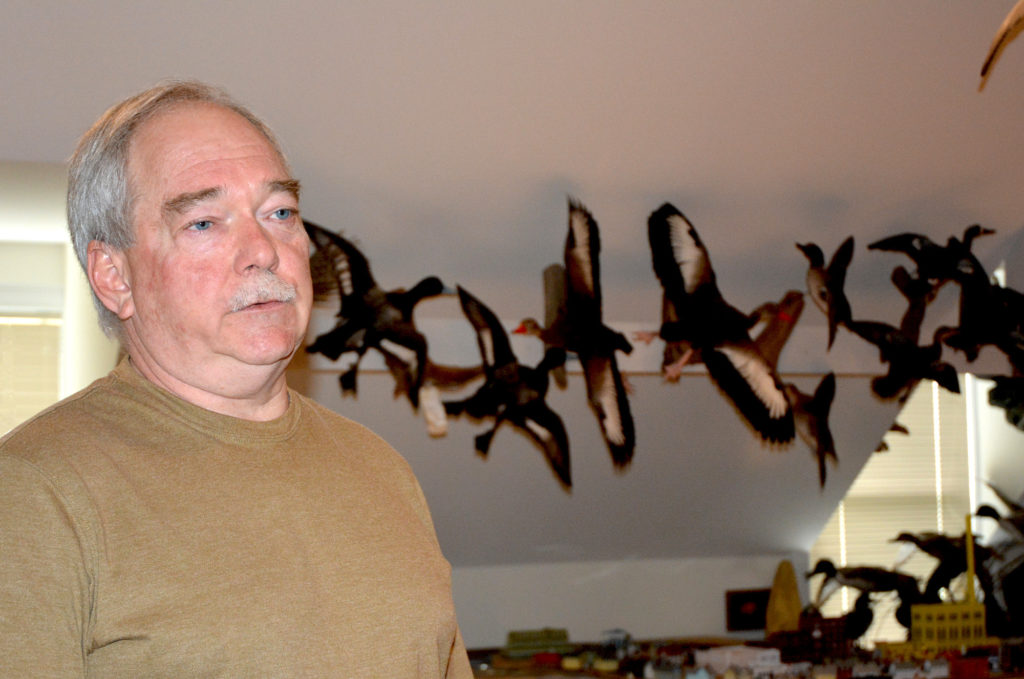
Victor Cole knows his birds. Retired from a career as a biologist, he does part-time bird taxidermy. “I’ve mounted everything from alligator to deer head to foxes to bobcats, but I just like birds.” Asked what makes a great bird mount, he says, “Making it as lifelike as possible.”
Birds are protected by highly regulated state and federal laws. “If you find a bird that has died naturally,” he warns, “you can’t take a feather legally.” Salvage permits are reserved for educational facilities like Mass Audubon, for whom Victor does work. He also mounts waterfowl and game birds for hunters. “Most of the birds you can mount are the ones you can hunt legally – pheasant, turkey, and ducks.”
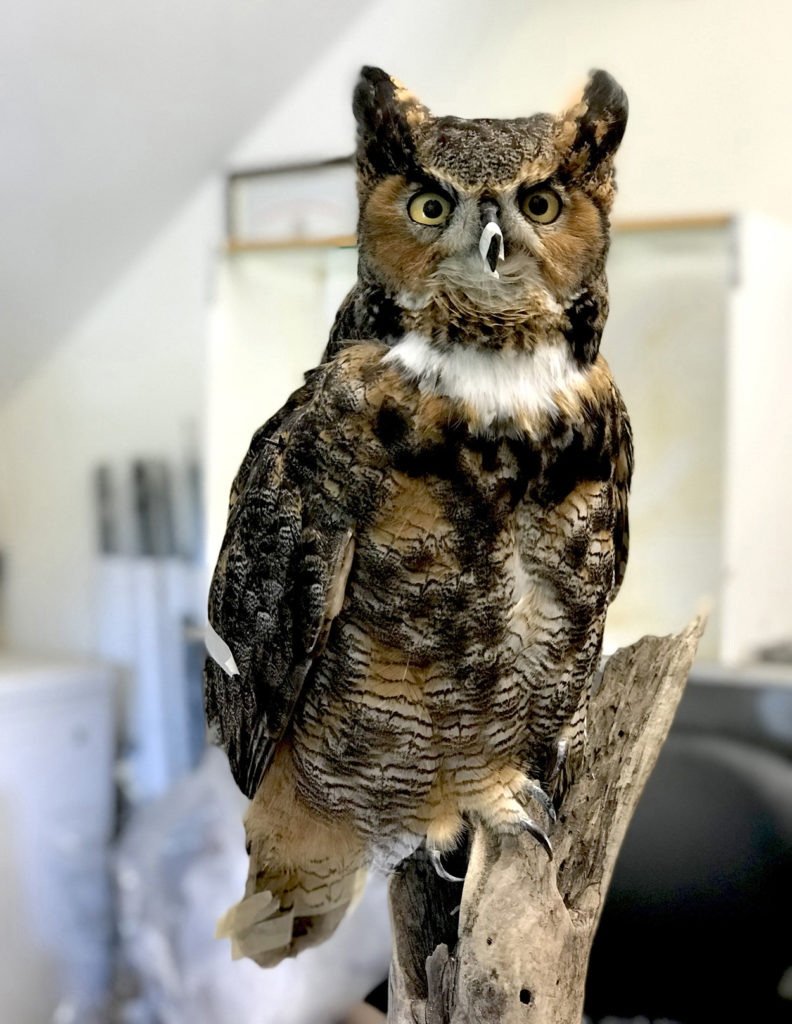
The showroom in his home is an aviary display of more than 200 specimens. Lifelike eiders, teal, pheasants, quail, and turkey take up space on every surface. Works-in-progress for clients — owls and scoters – have tiny pins and bits of tape on them. Unlike mammal taxidermy, which often uses mannequins, the wings, head, neck, feet, and tail all must be positioned. Nicole Baldelli has her own taxidermy business specializing in mammals. She took up Victor’s offer to teach her bird taxidermy and she’s been training with him for a while. “She’s serious. She knows the process of mounting birds pretty well.”
Siblings Jonathan and Elizabeth James-Perry are well-grounded in the boat-making, and wild food harvesting maritime traditions of their Wampanoag ancestors. Throughout Massachusetts in the homelands of Wampanoag, Nipmuc, Pennacook and Mahican; Atlantic shad, alewife, cod, whitefish, salmon, and sturgeon were abundant in coastal waters, freshwater ponds, and brackish streams. Native fishermen and women placed weirs near the shore on the sandy bottom, in rivers or coastal sandbars. Acting like mazes, the weirs ensnared schools of fish, which were speared or netted in large quantities for fresh and dried food. Wooden fish traps called muhtuqashap continued to be used into the twentieth century.
Rot-resistant cedar stakes are driven into the ground. Flexible willow saplings, grapevine and other materials are then woven in between them to form a fence. One side has an opening, through which fish are forced to swim each spring/autumn when they spawn. The other side traps them. Wampanoag also used torches to draw sturgeon, whose plated bodies were difficult to harpoon.
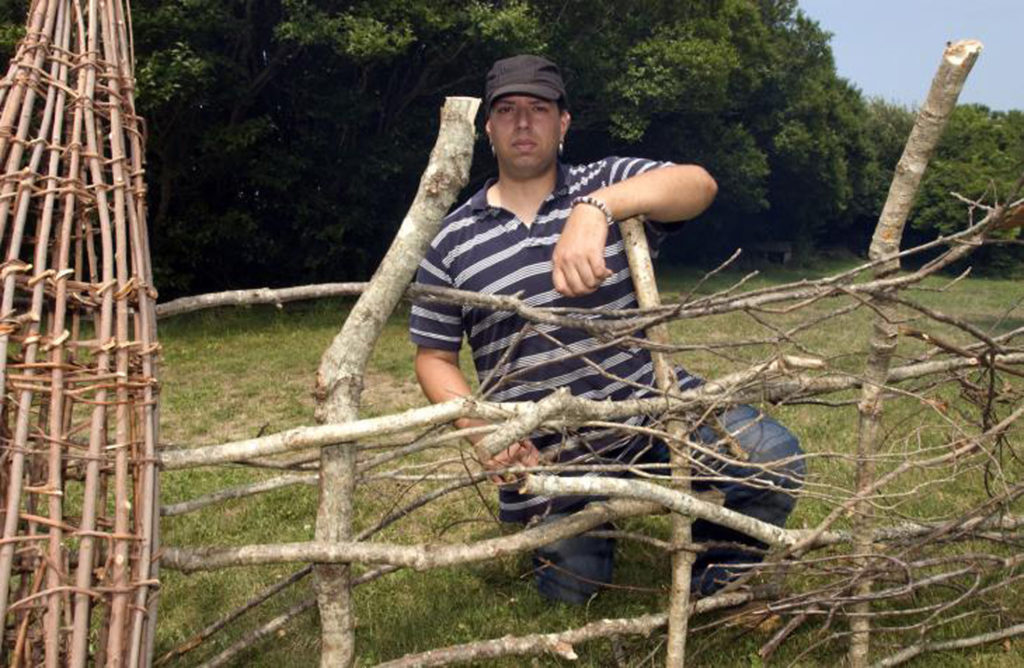
Waterfowl hunters set out a group of decoys on a calm spot on the water to attract ducks in flight, looking for a place to feed or rest. Hingham native Bob Mosher spent time as a teen hunting over decoys crafted by some of Hingham’s finest carvers. It wasn’t long before he took up the carving of decoys himself.
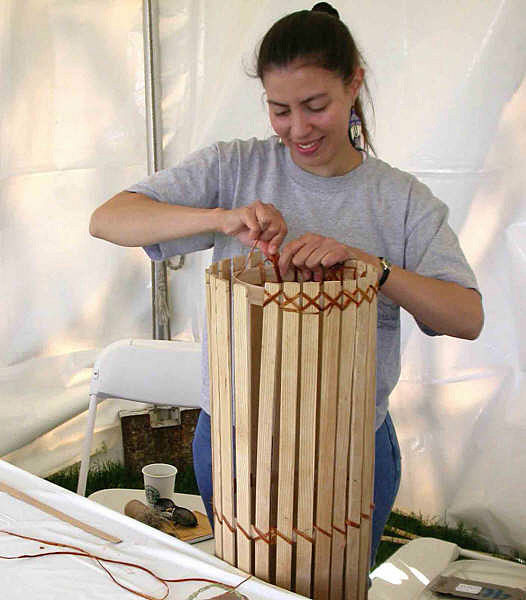
Historically, the town of Hingham produced exquisite decoy carvers, including Joe Lincoln, Elisha Burr, and Russ Burr. Bob’s exposure to their work continues to influence his craft. Today, he is an award-winning decoy carver. His traditional-style bluebill, merganser, black, duck and mallard decoys are shaped from northern white cedar and shaped using basic woodworking tools – hatchets, drawknives, rasps and hand knives.
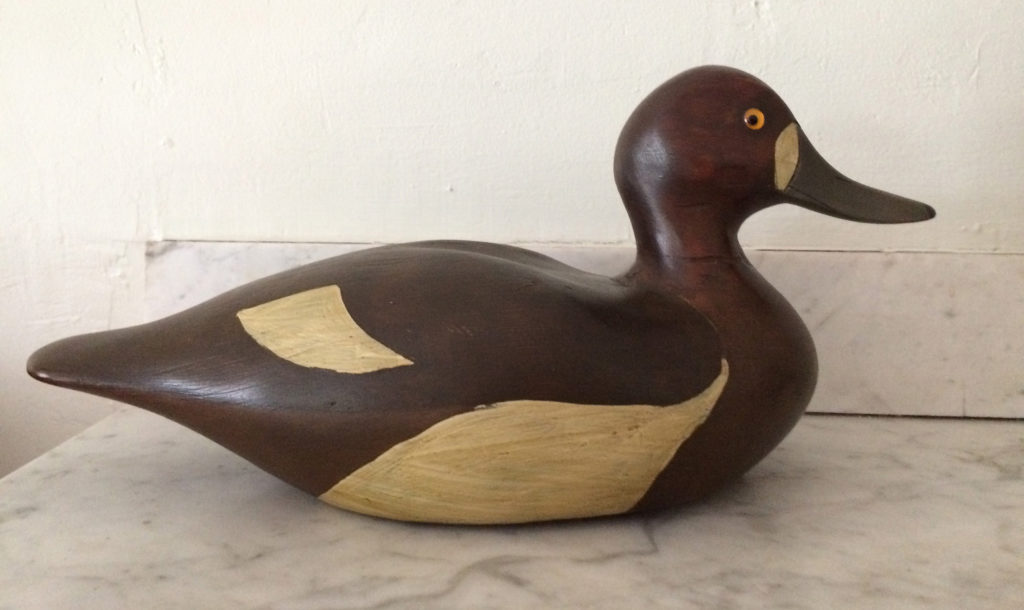
Asked the key to carving a decoy, Bob says, “To capture the essence of the bird. If you get the attitude of the head right, it looks like a real bird from 20 feet away.” While some people who purchase his decoys use them as working decoys, most of them wind up proudly displayed on the mantle or bookshelf. In addition to judging wood carving competitions, Bob was one of 16 master decoy carvers chosen to teach at the Ward Museum of Wildfowl Art in Salisbury, Maryland, supported by a National Endowment for the Arts grant.
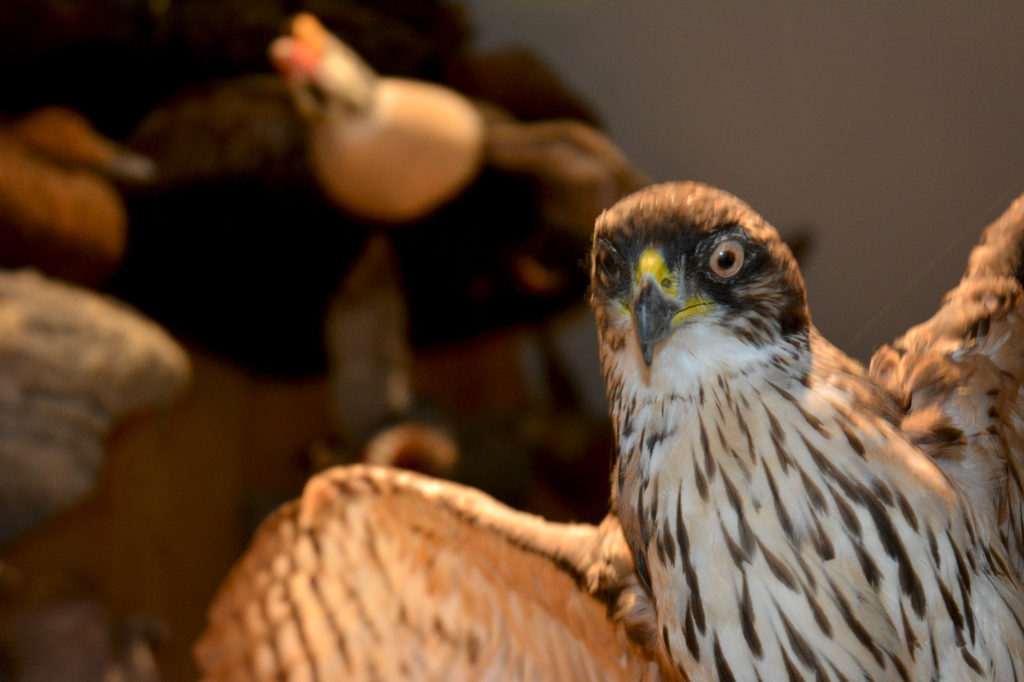
Discover the many living folk traditions in Massachusetts on our Folk Arts web site.